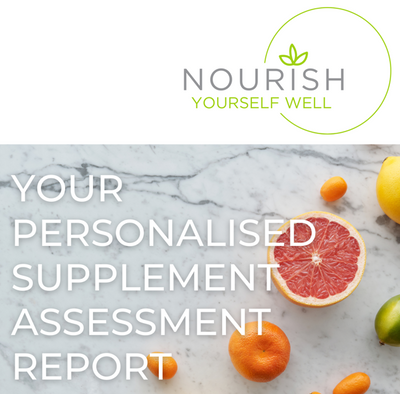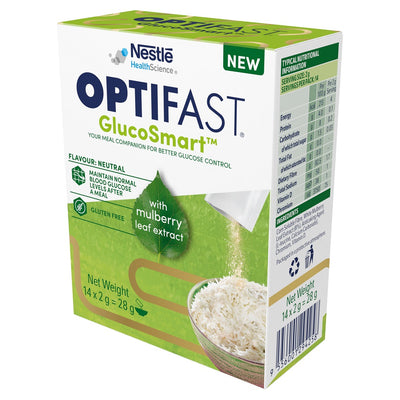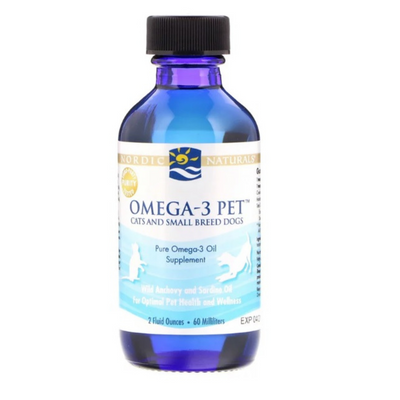Understanding urinary tract infections and harnessing nature's power for relief
Urinary tract infections (UTIs) aren't just a health inconvenience; they're a global epidemic, affecting millions worldwide, with Africa bearing a particularly heavy burden of 150 million cases annually. However, amidst this alarming statistic, there's a glimmer of hope: the potential of natural solutions in tackling this pervasive issue.
UTIs, primarily instigated by the bacterium E. coli (Escherichia coli), pose a significant health challenge, especially for women, with half experiencing at least one UTI in their lifetime. The recurring nature of UTIs complicates treatment, often rendering conventional approaches inadequate.
By harnessing nature's arsenal, natural ingredients offer promising avenues in UTI management:
D-Mannose: A naturally occurring monosaccharide, D-mannose emerges as a formidable weapon against UTIs. Its mechanism involves binding to E. coli bacteria, impeding their attachment to bladder walls, and facilitating their expulsion via urine. Studies highlight its superiority over antibiotics in preventing recurrent UTIs.
Cranberry: Famed for its anti-adhesion properties, cranberry contains proanthocyanidins that deter E. coli attachment to urinary epithelial cells, thus diminishing infection risk. Moreover, cranberry's proanthocyanidins disrupt biofilm formation, further hindering bacterial colonization.
Quercetin: This potent flavonoid boasts antioxidant and anti-inflammatory prowess, making it a valuable ally in UTI combat. Its antibacterial action, particularly against E. coli, coupled with biofilm inhibition, enhances efficacy in UTI management.
Vitamin C: Beyond bolstering the immune system, vitamin C wields antibacterial effects, bolstering the body's defense against UTIs.
2’-Fucosyllactose (prebiotic): Derived from human milk, 2’-Fucosyllactose acts as a decoy for pathogens, thwarting their colonization and adhesion to epithelial cells in the gut—a pivotal aspect of UTI prevention.
Research shows pilot studies featuring women with UTIs showcase significant symptom and quality of life enhancements with D-mannose supplementation. Combining D-mannose and cranberry with antibiotics elevates cure rates by a remarkable 53%, underscoring the ingredients' synergistic effects. Comparative investigations between D-mannose and antibiotics for recurrent UTI prevention highlight D-mannose's superiority, offering renewed hope to recurrent infection sufferers.
Despite the daunting prevalence of UTIs, natural remedies offer a beacon of hope. By harnessing the potency of nature's arsenal, UTI management transcends conventional limitations. Bid adieu to UTI discomfort and embrace a journey toward wellness with nature's nurturing touch with UriDyn - a journey powered by D-mannose, cranberry, quercetin, vitamin C, and 2’-Fucosyllactose.
References:
- Sihra N, et al. Nonantibiotic prevention and man-agement of recurrent urinary tract infection. Nature. 2018;15:750-776.
- Mwang'onde BJ, Mchami JI. The aetiology and prevalence of urinary tract infections in Sub-Saharan Africa: a Systematic Review. J Health Biol Sci. 2022;10(1):1-7. doi:10.12662/2317-3206jhbs. v10i1.4501.p1-7.2022. Available from: https://fi-admin.bvsalud.org/document/view/mww44
- Wagenlehner F, et al. Why d-Mannose May Be as Efficient as Antibiotics in the Treatment of Acute Uncomplicated Lower Urinary Tract Infec-tions-Preliminary Considerations and Conclusions from a Non-Interventional Study. Antibiotics (Basel). 2022;11(3):314. Published 2022 Feb 25. doi:10.3390/antibiotics11030314
- Rădulescu D, et al. Combination of cranberry extract and D-mannose - possible enhancer of uropathogen sensitivity to antibiotics in acute therapy of urinary tract infections: Results of a pilot study. Exp Ther Med. 2020;20(4):3399-3406. doi:10.3892/etm.2020.8970
- Reygaert W, et al. Green tea as an effective antimicrobial for urinary tract infections caused by Escherichia coli. Front Microbiol. 2013 Jun 18;4:162.
- Friedman M. Overview of antibacterial, antitoxin, antiviral, and antifungal activities of tea flavonoids and teas. Mol Nutr Food Res. 2007 Jan.
- Memariani H, et al. An overview on anti-biofilm properties of quercetin against bacterial pathogens. World J Microbiol Biotechnol. 2019 Sep 6;35(9):143.
- Rodriguez-Pérez C, et al. Antibacterial activity of isolated phenolic compounds from cranberry (Vaccinium macrocarpon) against Escherichia coli. Food Funct. 2016 Mar;7(3):1564-1573.
- Pinzón-Arango PA, et al. Role of cranberry on bacterial adhesion forces and implica-tions for Escherichia coli-uroepithelial cell attachment. J Med Food. 2009 Apr;12(2):259-270.
- Carlsson S, et al. Effects of pH, nitrite, and ascorbic acid on nonenzymatic nitric oxide generation and bacterial growth in urine. Nitric Oxide. 2001;5(6):580-586. doi:10.1006/niox.2001.037.
- Mydock-McGrane LK, et al. Rational design strategies for Fim H antagonists: new drugs on the horizon for urinary tract infection and Crohn's disease. Expert Opin Drug Discov. 2017 Jul;12(7):711-731.
- Kranjčec B, et al. D-mannose powder for prophylaxis of recurrent urinary tract infections in women: a randomized clinical trial. World J Urol. 2014 Feb;32(1):79-84\
- Carr AC, Maggini S. Vitamin C and Immune Function. Nutrients. 2017;9(11):1211. Published 2017 Nov 3. doi:10.3390/nu9111211
- Vazquez E, et al. Major human milk oligosaccharides are absorbed into the systemic circulation after oral administration in rats. Br J Nutr. 2017;117(2):237-247. doi:10.1017/S0007114516004554
- Lin AE, et al. Human milk oligosaccharides protect bladder epithelial cells against uropathogenic Escherichia coli invasion and cytotoxicity. J Infect Dis. 2014;209(3):389-398. doi:10.1093/infdis/jit464
- Triantis V, et al. Immunological Effects of Human Milk Oligosaccharides. Front Pediatr. 2018;6:190. Published 2018 Jul 2. doi:10.3389/fped.2018.00190
- Mann R, et al. Metabolic Adaptations of Uropathogenic E. coli in the Urinary Tract. Front Cell Infect Microbiol. 2017;7:241. Published 2017 Jun 8. doi:10.3389/fcimb.2017.00241
- Bae JY, et al. Antibacterial activities of polyphenols against foodborne pathogens and their application as antibacterial agents. Food Sci Biotechnol. 2022;31(8):985-997. Published 2022 Mar 7. doi:10.1007/s10068-022-01058-3
- Cooper TE, et al. D‐mannose for preventing and treating urinary tract infections. Cochrane Database of Systematic Reviews 2022, Issue 8. Art. No.: CD013608. DOI: 10.1002/14651858. CD013608.pub2. Accessed 15 March 2024.
- González de Llano D, et al. Anti-Adhesive Activity of Cranberry Phenolic Compounds and Their Microbial-Derived Metabolites against Uropathogenic Escherichia coli in Bladder Epithelial Cell Cultures. International Journal of Molecular Sciences. 2015; 16(6):12119-12130. https://doi. org/10.3390/ijms16061211
Article provided by Metagenics.





